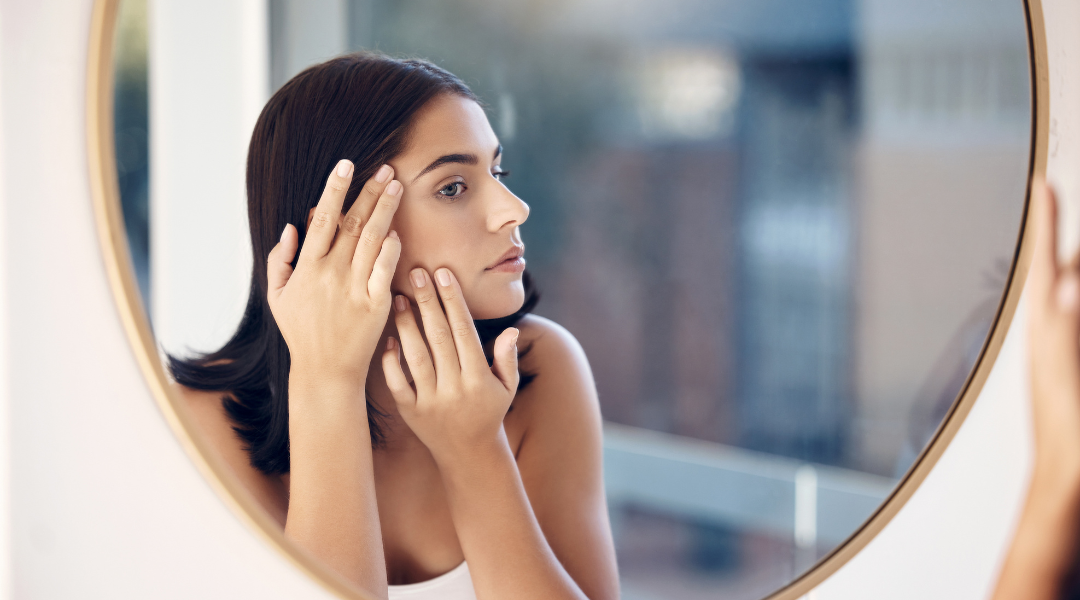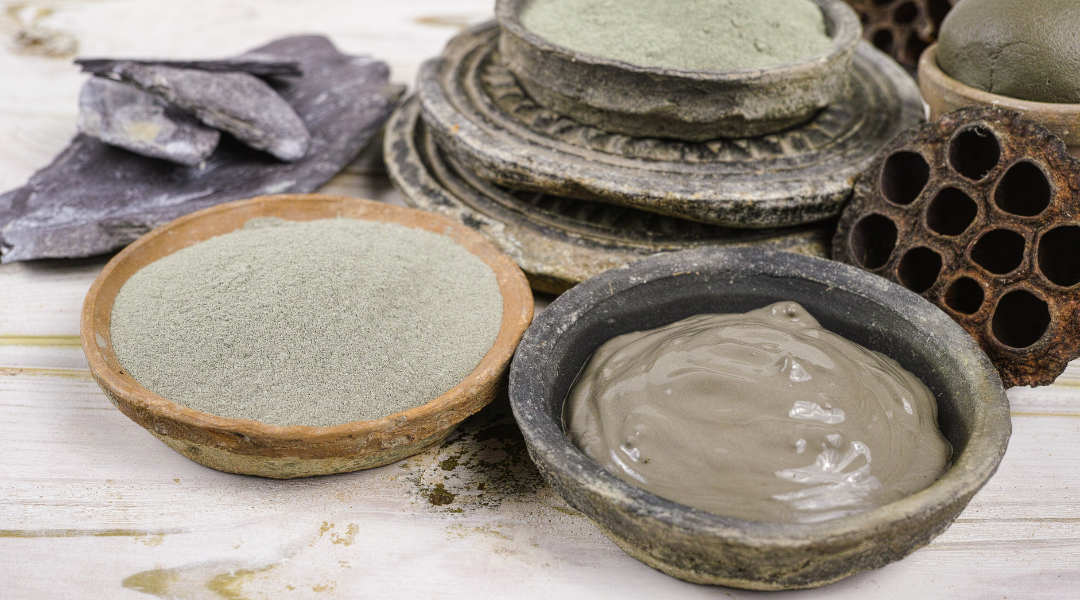The Search for the Best Facial Serum: What to Look For
When it comes to the world of cosmetics and skincare, things can get quite complex. It seems there is a product for everything; cleansers, toners, moisturizers, serums and more fill our medicine cabinets leaving most of us a bit overwhelm on what to do with them all. To make matters more confusing, most commercial products are loaded with toxic ingredients that often do more harm than good. Whether you are overwhelmed by all the skin care options out there, confused about what your skin care products actually do or how to properly use them, this guide will provide you with the information you need to make the best decision for you. Today we are going to to break down what serums are, how to properly use them, and how to choose an safe and effective serum. What is a Serum? As with any other word, depending on where you look, you will find various meanings and definitions. Literally speaking, the word “serum” refers to a watery liquid. However, the words first application applied to a “blood serum”, which is the protein-rich liquid in an animal’s blood that provides immunity to pathogens. These definitions are interesting when you consider how serums are used in skincare terminology. According to the world of skincare, serums are also fluidy liquids that are usually chock-full of potent ingredients for a variety of anti-aging and therapeutic purposes. In consistency, they are a mix between a facial oil and moisturizer, and commonly contain a more therapeutic dose of anti-aging ingredients like retinol, CoQ10, various antioxidants and minerals. Choosing the Best Serum There are a few things you want to look out for when selecting a top-notch serum. First off, keep in mind that like other commercial products, most mainstream serums are likely to contain harsh, synthetic ingredients. Here are a few of major potentially harmful ingredients to watch out for:
- Parabens: When reading labels, look for any word starting with “ethyl,” “butyl,” “methyl,” and “propyl” as they are likely parabens. The major problem with parabens is that they mimic estrogen. Estrogen is a stress hormone that causes many issues in the body when in excess. Excess estrogen opposes proper thyroid function and increases the skin cells’ affinity toward water, which can lead to edema and puffiness. Moreover, estrogen dominance is linked to nearly every type of cancer, and can lead to hair loss, infertility, and skin disease. And considering it has a feedback look with cortisol (the stress hormone), it can trigger a catabolic stress response. No matter how expensive or fancy a serum is, if it contains parabens, it is not quality nor healthy. 1, 2, 3
- Phthalates: In study, phthalates have an immunosuppressant and inflammatory effect on the body. Phthalates stimulate the inflammatory COX-2 pathway, leading to immunosuppression and inflammation. 4
- Glycerine: Most commercial facial serums employ synthetic substances such as silicone and glycerin to produce the thin texture. However, glycerin is often heavily processed, containing toxic residues that are irritating to the skin and gut. It has known toxic and harmful osmotic effects on the cells. As with any stress that disturbs cellular structure, glycerine can disturbs the interactions among water, proteins, and other components of the cell, causing the cell to take up extra water, leading to puffiness and edema.
- Healthy oils/fats: Not all oils are created equally, some lead the cells toward inflammation and others do quite the opposite. In short, saturated fats and those rich in vitamin E tend to be highly antioxidant and anti-inflammatory. Some examples of healthy fats and oils you’ll want to see in your serum include coconut oil, cacao butter, jojoba oil, and olive oil. These oils all tend to support the health and functioning of the skin, while providing anti-bacterial, anti-inflammatory and anti-wrinkle effects.
- Antioxidants: Many substances fall under the category of “antioxidant”. In short, these are substances that prevent oxidative damage by supporting oxidative metabolism. In other words, they prevent damage to our cells by inhibiting “reactive oxidant species” or free radicals ensuring that our cells are energized. Some of the most potent, anti-aging, antioxidants are CoQ10, Astaxanthin, and Vitamin C and E. You can also find a variety of antioxidants in organic essential oils.
- Essential Oils: Organic essential oils are the backbone of any high quality, non-toxic, skincare product. They are dual-folded, providing delightful, organic fragrance, at the same time they exert potent medicinal effects. Some examples of high potency essential oils in the regard of skin health are lavender, rose otto, german chamomile, frankincense and carrot seed. Together these oils have various known anti-aging and skin protective qualities.







Leave a comment